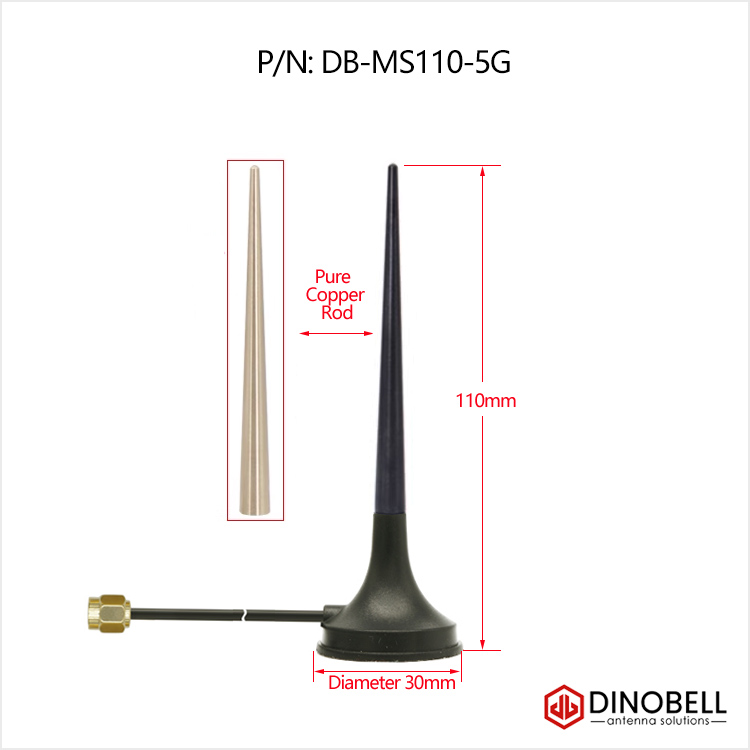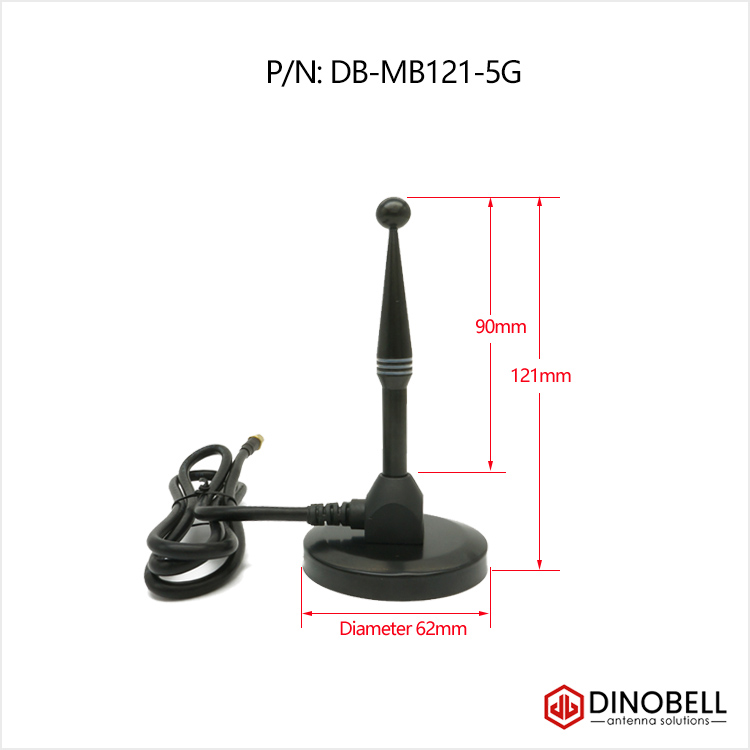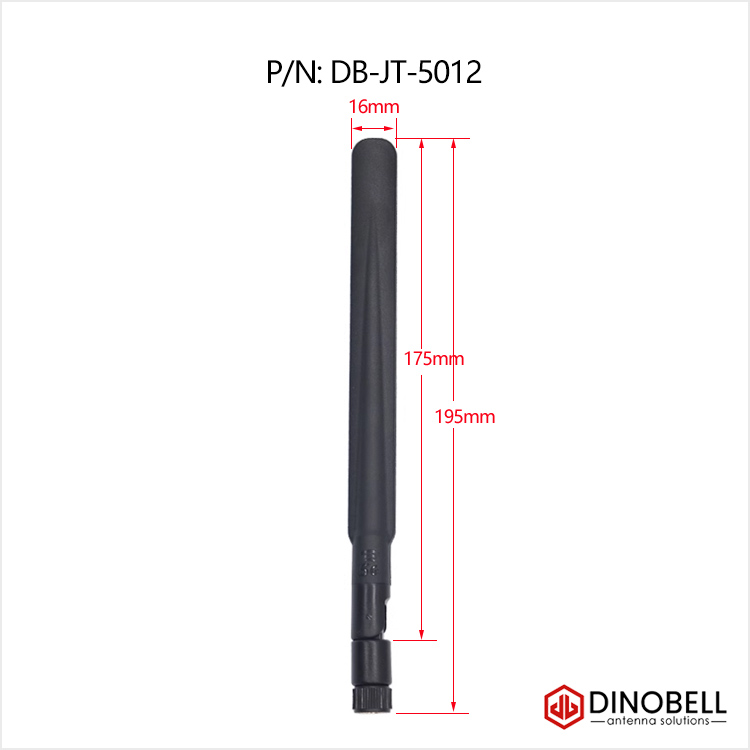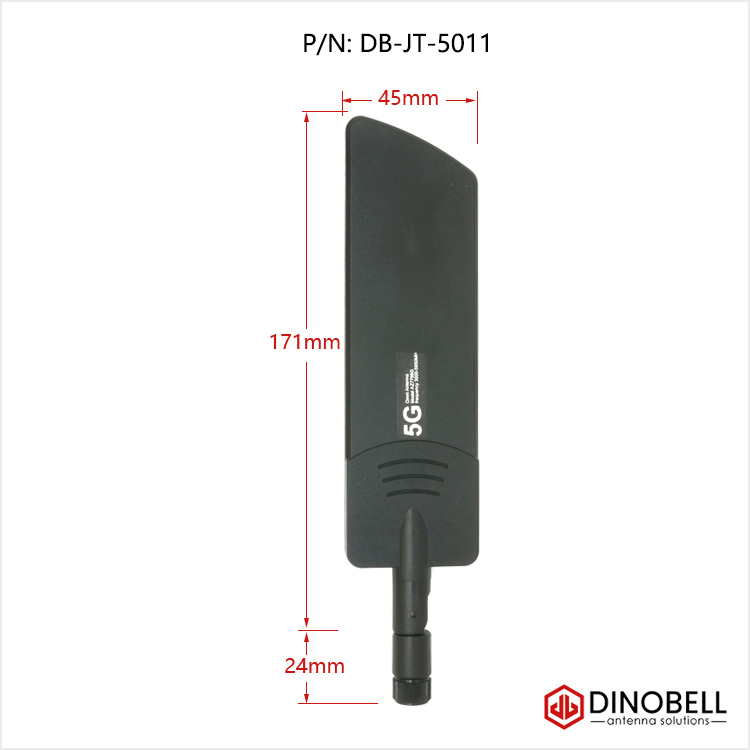Type: 5G Antenna, Antenna for 5G with copper rod, Magnetic base antenna
| Part Number: |
DB-MS110-5G |
| Freq Range: |
700-960/1710-2700/3000-5000MHz |
| Center Freq: |
– |
| Gain: |
2-3 dBi |
| VSWR: |
<=2.0 |
| Impedance: |
50 Ohm |
| Polarization: |
Vertical |
| Radiation Pattern: |
Omni-Directional |
| Max. Input Power: |
25 W |
| Antenna Height: |
110mm |
| Base Diameter: |
30mm |
| Mounting Method: |
Magnetic |
| Coaxial Cable Type: |
RG174/ RG316 optional |
| Cable Length : |
1 meter, 3 meter, 5 meter, 10 meter optional |
| Connector Type: |
SMA-male, RP-SMA-male, MCX ,MMCX , N, M, F optional |
Emerging 5G networks feature lower latency, higher capacity, and increased bandwidth compared to 4G. These network improvements will have far-reaching impacts on how people live, work, and play all over the world.
Speed Upgrades
Low Latency
Enhanced Capacity
Increased Bandwidth
Increased Bandwidth
The combination of increased speed and network capacity on 5G networks will create the potential for larger amounts of data to be transmitted than was possible with 4G LTE networks.
5G networks are architected differently from traditional 4G networks, allowing greater optimization of network traffic and smooth handling of usage spikes. Antenna for 5G, Crowded stadiums and other venues have struggled to provide seamless connectivity to large audiences, but 5G could make it possible for sports fans to live stream their experience from any seat in the arena.
For businesses, the impact of increased bandwidth will echo across many departments and divisions in the form of big data. Today, companies receive far more information from customers, suppliers, and teams than they can process and analyze for insights. With 5G connectivity and big data analytics, these businesses can turn large volumes of data into actionable knowledge.




